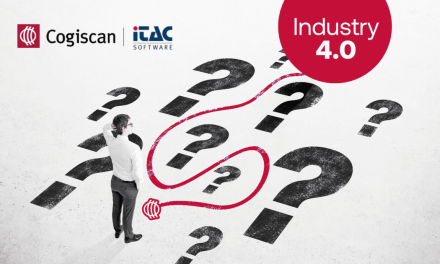Environmentally Conscious Cleaning

Originally posted on Zestron Blog
Today, a keen environmental awareness has gripped manufacturing industries across the world. Many SMT electronics manufacturers have had to assess the impacts their production has on the environment. This includes their PCB cleaning processes. More specifically, the products they use in their PCB cleaning process leading to questions like What environmental restrictions exist? How do I move forward? What can I expect from “greener”, more environmentally friendly alternatives?
In recent years, there have been increased regulations and the establishment of new regulatory bodies such as the South Coast Air Quality Management District (SCAQMD) in Southern California and the Ozone Transport Commission (OTC) in the Northeast and Mid-Atlantic regions. Both regional organizations have strict guidelines in terms of amounts of Volatile Organic Compounds (VOC) applied chemicals can contain. Both focus on regional solutions to ground-level ozone problems.
Companies have shown individual initiative for self-regulation also. Specifically, the pursuit and maintenance of the International Organization for Standardization’s ISO 14001 certification drive companies toward environmentally friendly management practices aimed at reducing their overall environmental impact by meeting company-defined goals and achievements. This can include the use of chemicals that have low VOC levels.
_1%20-%20Copy%20-%20Copy-png.png?width=700&name=VOC%20Print%20VF%20(00000)_1%20-%20Copy%20-%20Copy-png.png)
Producers of engineered PCB cleaning chemistries recognize this environmental focus and have developed products in support of these initiatives that are water-based and pH-neutral. These more environmentally friendly cleaning products are also biodegradable, have no flash point, free of halogenated compounds, and can often provide a longer bath life (reduced disposal). These pH-neutral cleaning products were developed to have a low VOC content, to address those manufacturers looking to meet regional regulations or exceed their ISO 14001 goals.
So, what does this all mean for you? You might be asking yourself How do I start? How should I move forward with addressing my environmental footprint and plans?
First, while you are most likely aware of environmental restrictions in your area, it may serve you well to research what pollution regulations may be on the horizon from a local or regional perspective. Review your company’s current environmental policy – if one exists – to ensure you are meeting or exceeding it.
Second, consider a thorough review of the products you are using throughout your cleaning process. Evaluate levels of VOC, halogen, and other environmentally harmful properties of the products you are currently using. This will indicate where you stand compared to your goals and will provide a starting point for your action plan.
Third, establish a plan. Regardless of your decision to pursue ISO certification or not, it’s important to set internal goals regarding your pollutant levels. Management buy-in is critical and your plans should be memorialized in writing.
Lastly, to meet your goals, conduct periodic reviews to examine new alternative cleaning products engineered to be more environmentally friendly.
Environmental responsibility is here to stay. By re-examining how we do things and making the changes we need to, we can all leave things a little better than how we found them. As always, if you need some additional help in your quest, don’t go it alone. Help is out there. All you have to do is ask.













